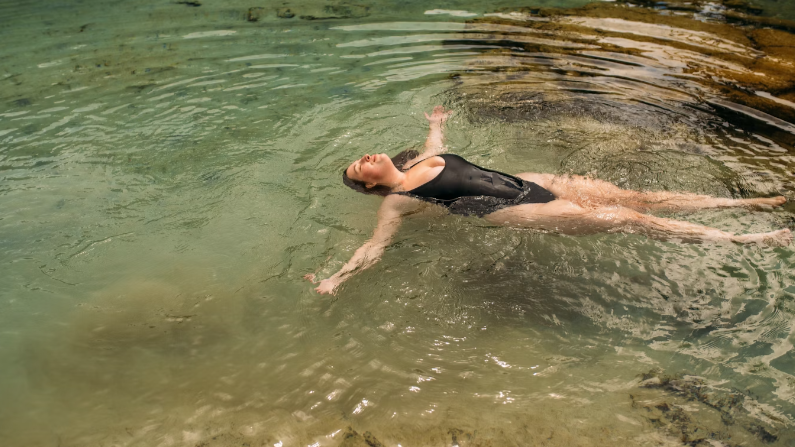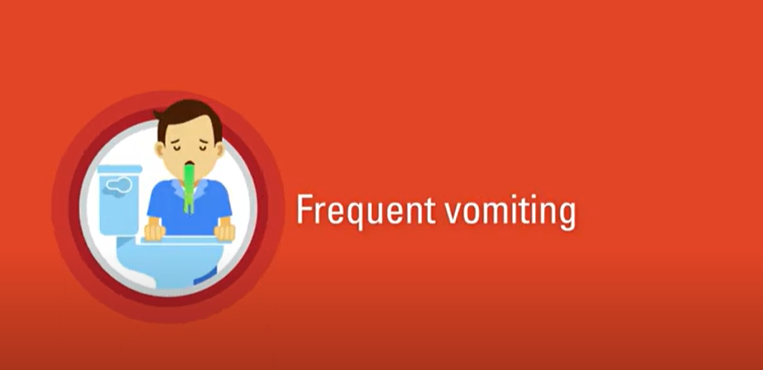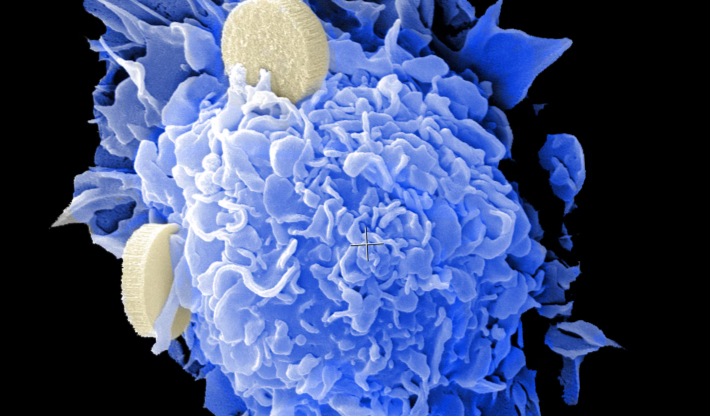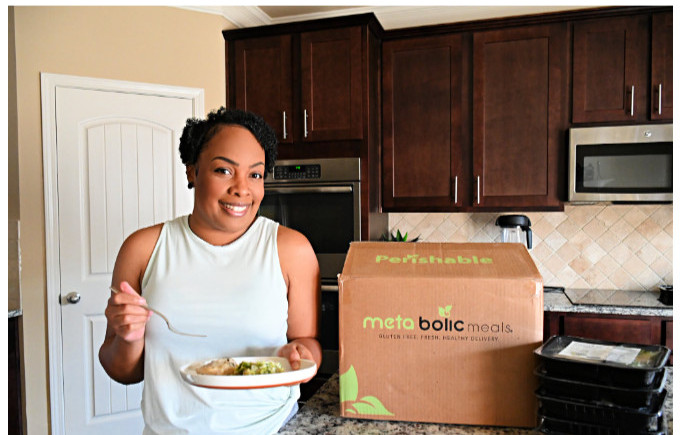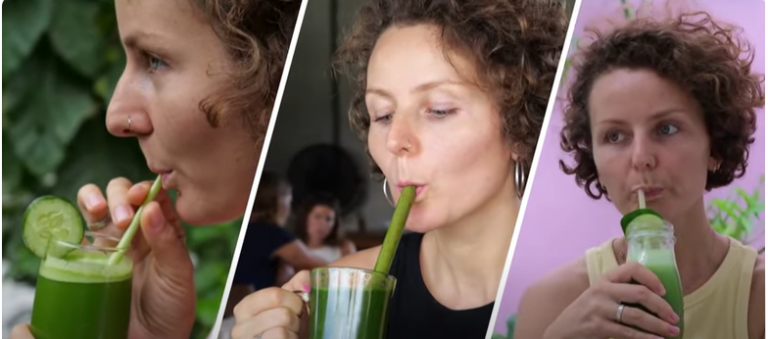Prevention For Heat Exhaustion – Knowledge Is Key
Let’s kick things off with a straightforward look at heat exhaustion. First, this isn’t just about feeling a bit too warm on a sunny day, my friends. it’s a way more complicated health issue. You have to understand the topic of prevention for heat exhaustion and begin to take action. 
Prevention for Heat Exhaustion
Heat exhaustion has significant consequences if ignored. Prevention for heat exhaustion is crucial. This condition occurs when your body overheats, usually as a result of prolonged exposure to high temperatures. It’s especially dangerous especially when combined with high humidity and strenuous physical activity.
So, try to be aware of the telltale signs of heat exhaustion. Knowing these symptoms will be a lifesaver, literally. It’s especially crucial for parents, coaches, and outdoor workers to be able to spot these symptoms quickly in others.
Look out for any of the following signs such as :
- Weakness
- Dizziness
- Heavy sweating
- Muscle cramps and more
Selected Susceptible Groups
Certain groups of people are more susceptible to heat exhaustion than others. I’ll discuss why these groups might be at an increased risk and what preventative measures can be tailored for them. 
These groups include:
- Children
- The elderly
- Outdoor workers
- People with pre-existing health conditions
If you don’t address the onset of heat exhaustion, the risks will mount up quickly. We’re talking about potential progression to heat stroke. This is a medical emergency, and other heat-related illnesses may have long-lasting effects on your health. But don’t worry too much about this right now because this post will help you prevent it.
Guard Against Heat Exhaustion
Hydration is Key
So, how do you guard against heat exhaustion? Hydration plays a colossal role. Choosing the right fluids and staying ahead of your body’s needs is pivotal. In the upcoming section, I’ll guide you through the ins and authentically recommend actions to take to keep yourself and those around you safe and well-hydrated.
The Role of Hydration in Heat Illness Prevention
When it comes to preventing heat exhaustion, hydration is your best friend. Your body loses fluids through sweat as it works to cool itself down. As a result, you need to drink enough water to compensate for that loss. I’m talking about not just sipping water here and there, but actually having a strategy to stay ahead of dehydration. 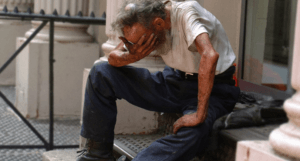
Sports Drinks are a Godsend
Here’s the thing: plain water is usually the go-to, but during intense exercise or long hours outside, you might need something with a little extra kick. That’s where sports drinks come into play. They replenish not just fluids, but vital electrolytes as well. Just don’t overdo it – these drinks often have a lot of sugar.
Children and Elderly Need Reminders to Hydrate
Now, not everyone’s hydration needs are the same. Children and the elderly often need more frequent reminders to drink water. They may not feel thirsty until they’re already dehydrated. Athletes, on the other hand, have to keep up with the substantial water they lose during vigorous activities.
The 8×8 Rule
If you’re wondering how much water you should be drinking, a good starting point is the ‘8×8 rule’ – eight 8-ounce glasses of water a day. Bear in memory though, this is just a starting point. Your personal needs may differ depending on a variety of factors like your health, activity levels, and the climate you’re in.
This brings us to the next utterly important subject: timing your activities and protecting yourself from the sun to keep heat exhaustion at bay. Let’s tackle that next. 
Strategic Timing and Sun Protection
Wondering about timing in terms of heat exhaustion, no worries. Simply scheduling your jogs, hikes, or garden work during the cooler periods of the day, works wonders.
Choose Early Mornings or Late Afternoons
Early mornings or late afternoons are prime times. The main thing is to keep your health in mind. The sun’s intensity peaks midday, and avoiding these hours will significantly reduce the risk of heat-related illnesses.
Don’t Spare the Sunscreen
Now what about sun protection? Sunscreen is not just for avoiding sunburns; it plays a crucial role in combating heat exhaustion too. Choose a broad-spectrum sunscreen with an SPF of 30 or higher, and apply it generously. Don’t forget to reapply, especially if you’re sweating or taking a dip in the pool. 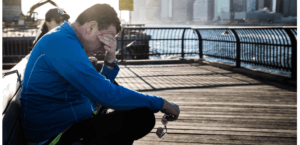
Choose Light Weight Breathable Clothes
In my opinion, choosing the right clothes matters as well. Lightweight, loose-fitting, and light-colored clothing helps reflect the sun’s rays and promote better air circulation over your skin.
Sun Hat ans Sunglasses
A wide-brimmed hat will shield your face and neck, and sunglasses will protect your eyes from harmful UV rays.
Understand the UV Index
Understanding the UV index guides your outdoor activities. This index measures the risk of harm from unprotected sun exposure. Treat it as a handy tool: the higher the index, the greater the risk of skin and eye damage, the more precautions you should take. If you plan extended time outside, aim for a UV index of 3 or below.
The Importance of Acclimatization and Rest
When it comes to preventing heat exhaustion, gradually getting your body used to warm temperatures makes a significant difference. That’s acclimatization, and it’s crucial. Your body needs time to regulate and improve its response to heat over several days to weeks. It’s not just about comfort; it’s a biologically necessary adaptation.
Increase Outdoor Exposure Incrementally
If you’re planning to increase your time spent outdoors or start a new exercise regime as the weather warms up, start slowly. Increase your exposure incrementally. This is particularly important for high-intensity athletes who train in hot environments. However, everyone can benefit from this practice. 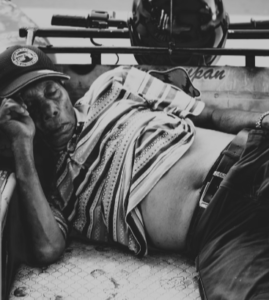
Take Regular Breaks and Find a Cool Spot
Equally important is taking regular breaks, especially when the temperature climbs. Find a cool, shaded spot or go indoors with air conditioning to give your body a chance to recover. This isn’t merely about feeling better; these breaks help prevent the core body temperature from reaching levels that trigger heat-related illnesses.
Alert! Outdoor Workers are More Prone to Heat Exhaustion
Employers should also take note. If your staff works outside or in areas where heat may build up, implementing mandatory rest breaks and providing a cool rest area is vital. Your workers’ health and safety should always be a top priority. Heat stress is no joke. It leads to reduced concentration, and in turn, to workplace accidents.
Acclimitization and Rest are Crucial
Remember, acclimatization and rest are essential strategies in mitigating the risk of heat exhaustion. Whether it’s working out in the early morning or taking a timeout every hour, your approach should prioritize health and effectiveness over intense or prolonged exposure to heat.
Recognizing and Responding to Heat Exhaustion
Be your own first responder in the face of heat exhaustion. It’s crucial to identify the early signs such as excessive sweating, weakness, dizziness, and muscle cramps. Think of this as your body waving a big red flag saying, ‘Hey, I need some help here!’ 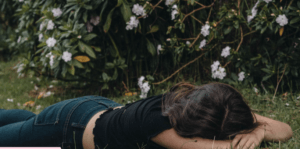
Move the Affected Person to a Cool Space ASAP!
With these signals in mind, you have to act fast. Move the affected person to a cooler environment ASAP. Cool them down with whatever you have on hand – a wet towel, a fan, or whatever lowers their body temperature will work.
Provide Hydration
Hydration is key, so if they’re conscious and can swallow, provide them with water – it’s like giving a parched plant its much-needed water.
Assess for a Medical Emergency
Now, if symptoms persist or worsen, or if the person vomits, loses consciousness, or seems confused, that’s your cue to dial for emergency medical help. This is no longer a DIY fix; it’s a job for the pros. 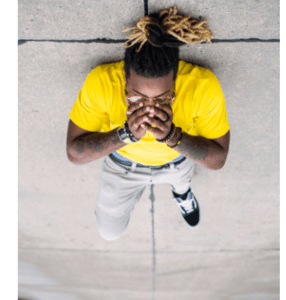
Share the Knowledge About Heat Exhaustion
Lastly, remember it’s not just about treating heat exhaustion, it’s also about preventing it. Share the knowledge because educating others will literally save lives. Implement the strategies we’ve discussed, and encourage others to do the same.
And if this has helped you or you have questions, drop a comment, share your story, or simply join the conversation. Your efforts will help move the needle towards a safer, more prepared community.
Founder and CEO
mybluegenes.com
